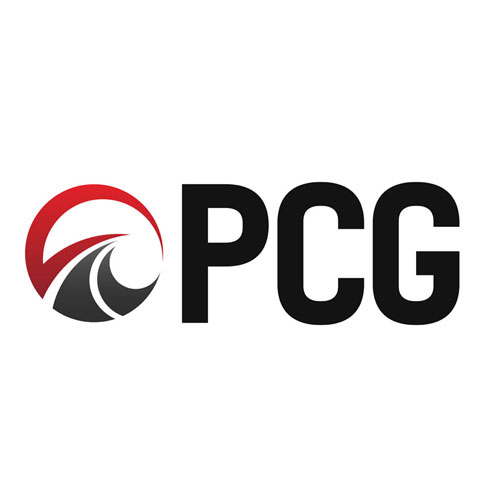Dealers hire advertising agencies to help sell more cars but many times, these agency partners are limited by the dealership’s website technology.
This week on Auto Marketing Now, Paul Portratz and Robert Donovan join Brian Pasch to discuss the obstacles advertising agencies face with automotive dealership websites.
Website platforms are created en masse by IT specialists, which limits the marketing capabilities and as a result, requires dealers to use multiple plugins on their pages. Dealerships must adapt to the changing consumer and use a website design that is created for the customer’s experience. In this episode, the marketing gurus shared these three automotive website tips to better engage shoppers.
Custom Content
Today’s shoppers turn to the internet to diagnose all problems, including issues with their vehicle. Dealers need pages for all of their services and any common questions or concerns that may cause a consumer to need that service.
Custom content about problems your consumers face, such as problems with car batteries or how to tell if you need new tires, will enrich the consumer experience, keep them on your site longer, and boost organic rankings.
Engagement Per Session
Not all of your content will be highly engaging, therefore, it is best to test which content your customers connect with the most.
Tracking Engagement Per Session (EPS) will allow you to measure the engagement on a particular email, post, and much more to determine the quality of your campaigns. All social media, email, and website posts must be tagged in order to determine what content is and isn’t thriving.
Make it Easy
Too often, forms are embedded in dealership sites using iFrame technology. This not only limits the tracking capabilities, but also makes the forms less engaging. We recommend creating custom forms that use auto-population to make it as easy as possible for consumers to fill out your form.
Dealers must also engage more consumers via text message. Today’s shoppers are busy and a text message is generally the best way to reach them. Update your auto-responder or your first personal response to the consumer to incorporate a texting option. You can say something like, “Is this the best way to reach you, or would you prefer text message communications?”
Due to the countless site plugins, dealers’ sites often experience slower load speeds, which works against them and lowers their ranking in Google. Automotive websites holster an abundance of plugins because their website platform options are often not inclusive of the tools they need to succeed in a digital era. If your dealership must have a certain platform due to OEM regulations, it can be profitable to maintain a second website that incorporates the features mentioned above and provides a more seamless user experience.
For more website tips, check out Auto Marketing Now and tune in every week for the latest in automotive digital marketing.
